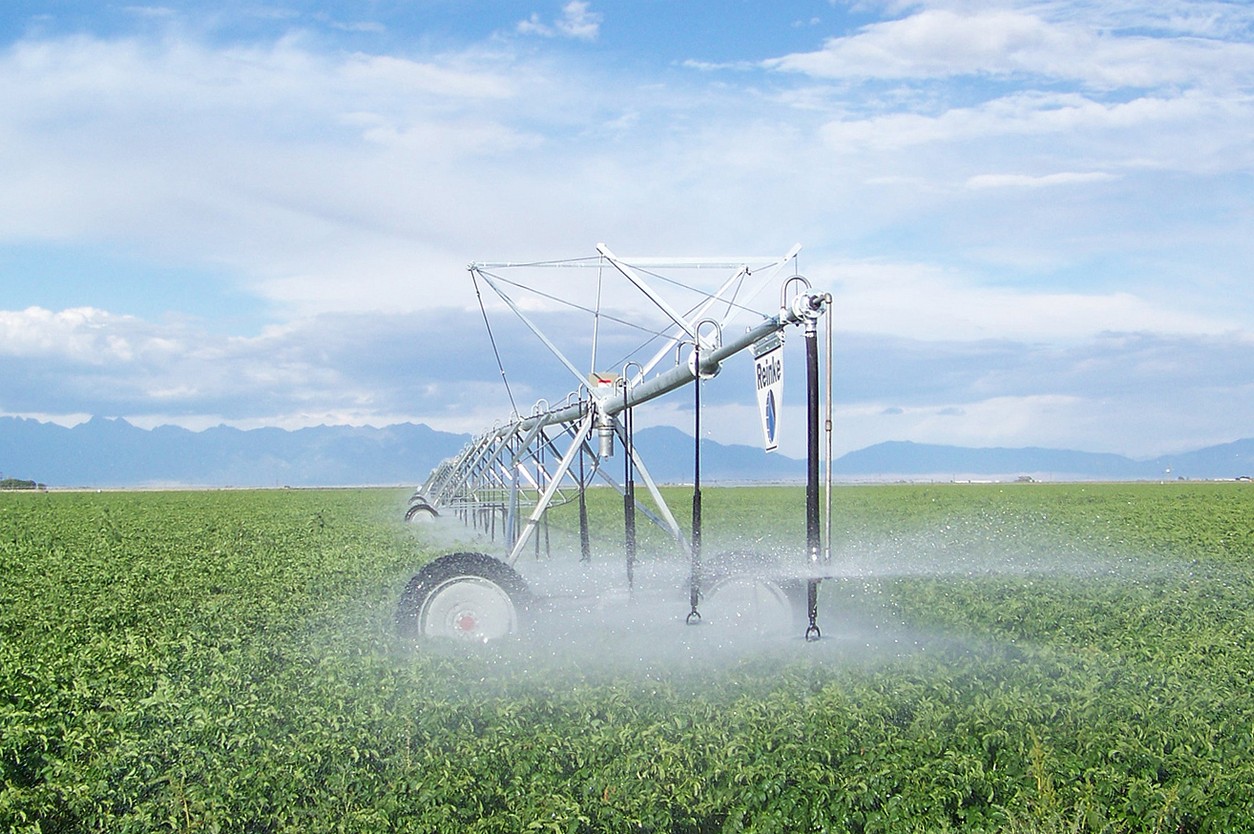Streamlined Design with Practical Efficiency
A low-profile irrigation system combines a streamlined design with practical efficiency, giving growers an effective way to irrigate shorter crops and make efficient use of their fields. It delivers the same precision and reliability as a standard center pivot but at a height of about five feet, roughly four feet shorter than conventional systems.
Beyond its compact structure, the low-profile design reflects a growing emphasis on water optimization and resource efficiency. By operating closer to the canopy, it reduces evaporation and wind drift, while applying water more uniformly. The result is an irrigation solution that balances simplicity and performance, helping growers achieve consistent yields while optimizing water.
Operating low-pressure sprinkler devices closer to the crop canopy is considered more efficient than high-pressure systems. The efficiency improvements are thought to result from reducing the amount of water lost through evaporation and wind drift. Because wind speeds are reduced at locations nearer to the soil surface or crop canopy, placing a sprinkler device just above the canopy reduces the amount of distortion in the sprinkler pattern and drift due to wind. (Yonts, et al, 2018)
The Reinke Low-Profile irrigation system exemplifies these principles in action. Designed specifically for farms with shorter crop heights and ideal for areas with limited space or low-hanging obstacles, the system combines the proven benefits of standard center pivot technology with a more compact, efficient design.
Reliability & Efficiency of Reinke Irrigation System
Reinke’s low‑profile center pivot irrigation systems are the optimal solution for growers who need efficiency tailored to shorter crops and forage operations. By operating closer to the canopy, they deliver superior water distribution with reduced evaporation and wind drift, ensuring that irrigation is both precise and resource‑conserving. This canopy‑level application directly supports crop health and yield stability, making the system a practical choice for producers who want to maximize productivity while protecting soil and water resources.
Uniform application of irrigation water is essential to efficient system performance, and low‑profile pivots are designed to achieve this standard consistently. As the Natural Resources Conservation Service (2020) emphasizes, maximizing distribution uniformity is critical to system efficiency, and Reinke’s engineering ensures that water is applied evenly across the field.
The low‑profile design incorporates structural innovations that address common challenges of durability and maintenance. High‑strength steel construction reduces overall system weight by 20 percent while maintaining long‑term durability in demanding field conditions. With systems weighing up to 6,000pounds less, stress and wear are significantly reduced, extending service life. Enhanced stability is achieved through a strong tower base configuration, with the Single‑Leg Tower design distributing weight more effectively to minimize settling or tipping. This approach is particularly valuable in softer soils or uneven terrain, where stability is essential for reliable operation.
Component longevity further strengthens the value of the low‑profile system. The V‑Ring Seal design provides a steel‑to‑steel connection that resists UV exposure, while sprinkler outlets welded to the outside of the pipe maintain uninterrupted water flow. Maintenance‑Free Bearings eliminate the need for lubrication, and the double‑walled tower box protects electrical components from the elements. Together, these features ensure that every part of the system contributes to even water distribution, improved yield stability, and dependable performance season after season.
Water Loss Reduction
Low-profile irrigation systems excel at minimizing water losses that plague conventional irrigation methods. When water is delivered close to the ground, evaporation rates drop significantly. More water reaches the crop rather than being lost to the atmosphere, leading to improved yields and overall water efficiency. The reduced application height also prevents wind drift, a common problem with higher spray systems that can result in uneven water distribution and significant waste.
Uniform water distribution with the low-profile system applies water evenly across the entire field, preventing the overwatering and underwatering that can occur with less sophisticated irrigation methods. This uniformity helps prevent soil erosion and nutrient leaching, protecting both the immediate growing environment and surrounding ecosystems. The precision application supported by these systems aligns with conservation goals while maintaining agricultural productivity (Natural Resources Conservation Service, 2020).
Practical & Precise Applications
Low‑profile center pivot irrigation systems provide growers with a practical solution designed specifically for shorter crops and forage production. By positioning sprinklers closer to the canopy, these systems deliver water with greater precision, reducing evaporation and wind drift while ensuring uniform distribution across the field. This canopy‑level application is especially valuable for forage operations, where consistent moisture directly influences nutritional value, dry matter yield, and overall livestock performance. When plants receive steady water at the right level, they maintain higher quality, which translates into healthier animals, improved weight gain, and stronger milk production.
The compact design of low‑profile pivots makes them effective in fields with low‑hanging obstacles or limited space, where conventional systems may be impractical. Their engineering innovations, including lighter weight structures, strong tower bases, and maintenance‑free bearings, enhance durability and stability even in softer soils or uneven terrain. This reliability reduces downtime and maintenance demands, allowing producers to focus on maximizing crop output rather than managing equipment issues. In addition, the systems can be adapted for multiple uses, such as applying fertilizers or crop protection products evenly through the pivot line, or misting livestock during periods of heat stress to improve animal well‑being while continuing to irrigate efficiently.
Forage crops such as alfalfa, grass‑alfalfa mixes, and small grains thrive under low‑profile irrigation, with the system supporting multiple harvests per year from the same acreage. Alfalfa, often called the “queen of forages,” is grown nationwide and benefits greatly from canopy‑level irrigation that preserves its nutritional profile. Warm‑season forages in southern climates also gain from reduced water loss in hot, dry conditions, while both perennial and annual forage types achieve stronger resilience and palatability when irrigated consistently at canopy height. By strengthening root systems and improving plant resilience, low‑profile pivots enhance dry matter content, which is critical for accurate ration balancing in dairy and beef operations. As Pena (2025) explains, dry matter represents the total nutrients available to an animal and is the basis for formulating balanced diets. By improving dry matter yield and quality, low‑profile irrigation systems directly support more efficient feeding strategies and healthier herds.
Economically, the advantages of low‑profile systems extend beyond crop performance. By reducing water waste and improving forage quality, producers can optimize the cropping system. Even modest improvements in forage nutrition can translate into significant savings on supplemental feeds and veterinary expenses. Choosing to invest in a low‑profile center pivot system demonstrates a commitment to efficient irrigation, ensuring a steady supply of high‑quality forage for years to come. In every application, these systems combine precision, practicality, and reliability, making them an indispensable tool for modern farming operations focused on both productivity and conservation.
Smart Technology Integration
Advanced technology integration sets modern low-profile systems apart from earlier irrigation methods. Reinke system management tools put smart irrigation capabilities directly in the hands of growers. Water application is applied according to actual crop needs rather than estimates or fixed schedules, eliminating guesswork from the irrigation process. Time is saved and trips to the field are reduced through remote monitoring capabilities. Growers can check system status at any time of day from any smart device, making decisions based on the most current information available.
The consistent coverage provided by low-profile irrigation systems enables growers to plant different crop varieties with similar growth cycles under the same pivot, increasing both efficiency and water usage optimization. With minimal labor requirements, growers have more time to focus on other important farm management tasks. This combination of technological sophistication and operational simplicity makes low-profile systems practical for a wide range of farming operations.
Conclusion
Low-profile irrigation systems represent a true streamlined solution for agriculture. By combining efficient water delivery, reduced environmental losses, and smart technology integration, these systems address the challenges of water conservation and agricultural productivity. The measurable improvements in application efficiency, the prevention of water waste through evaporation and wind drift make a compelling case for low-profile technology adoption.
As water resources become increasingly precious, precision irrigation methods will play an essential role in the future of crop production. The Reinke Low-Profile irrigation system is built to optimize water usage, and elevate precision agriculture methods. It demonstrates how engineering innovation and practical farming needs can align. For growers committed to efficient practices without sacrificing crop quality or yield, low-profile irrigation offers a path forward balancing conservation with productivity.
References
MU Extension, University of Missouri (2023). Forage Crop Irrigation Systems and Economics. https://extension.missouri.edu/publications/g1697
Natural Resources Conservation Service. (2020). Irrigation water management (Conservation Practice Standard 449). U.S. Department of Agriculture. https://www.nrcs.usda.gov/resources/guides-and-instructions/irrigation-water-management-ac-449-conservation-practice-standard
Pena, M. & Gartman, L. (2025) Understanding Dry Matter: A Key to Better Dairy Feeding Management. University of Wisconsin-Madison, Dairy Division of Extension. https://dairy.extension.wisc.edu/articles/understanding-dry-matter-a-key-to-better-dairy-feeding-management/
Yonts, C. D., Kranz, W. L., &Martin, D. L. (2018). Water loss from above-canopy and in-canopy sprinklers(Neb Guide G1328). University of Nebraska-Lincoln Extension. https://extensionpubs.unl.edu/publication/g1328/
.avif)
.avif)

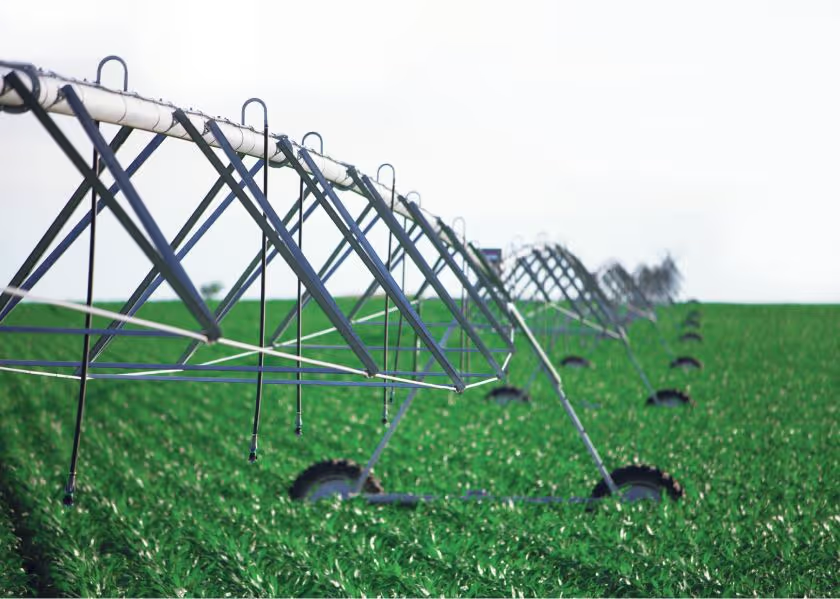
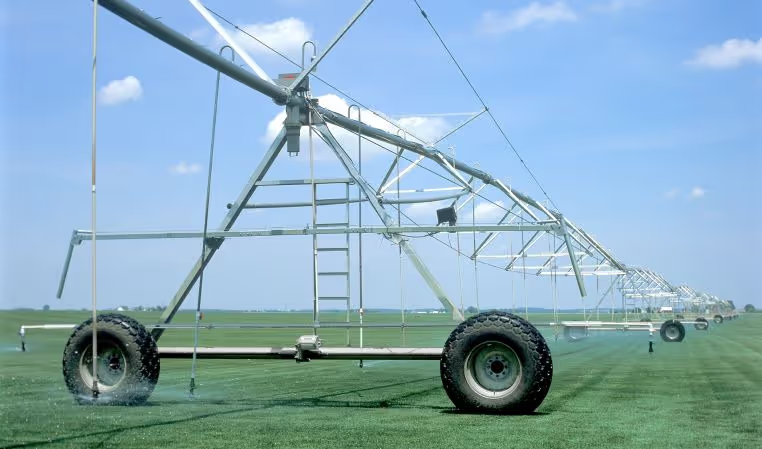
.avif)
.avif)
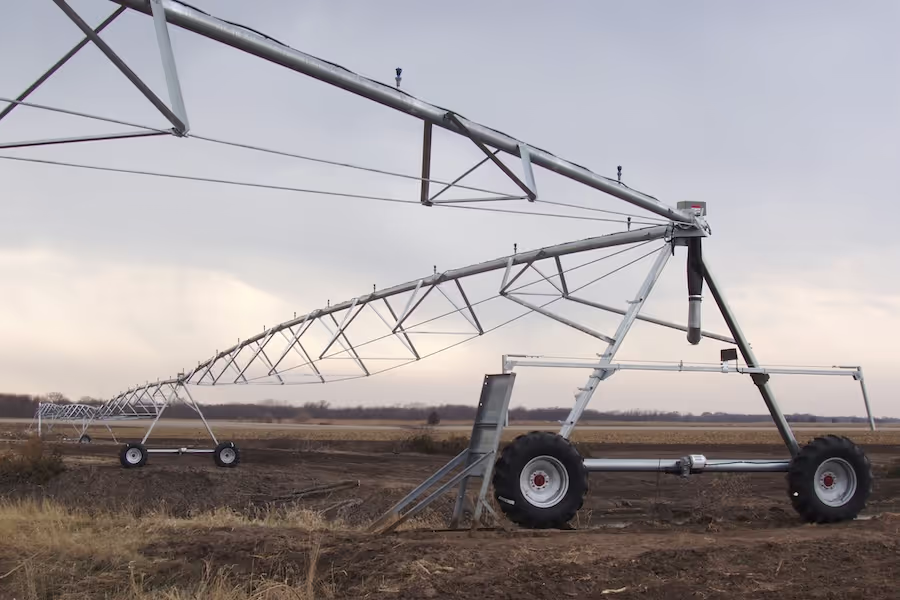


.avif)
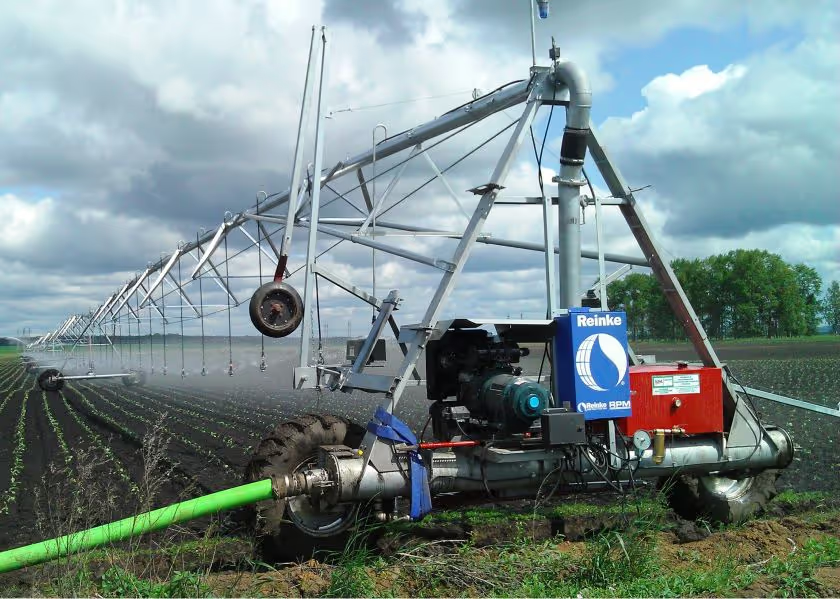
.avif)
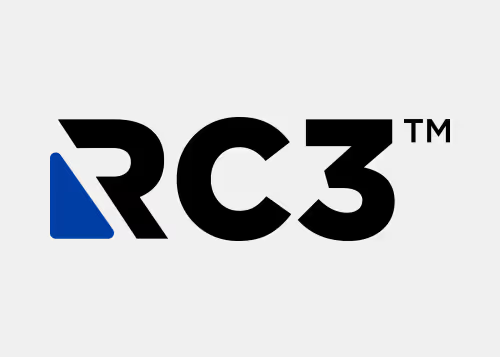
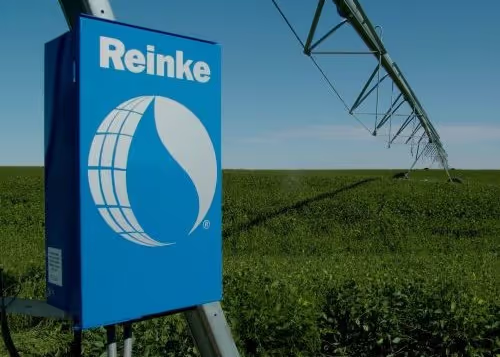
.avif)
.avif)


